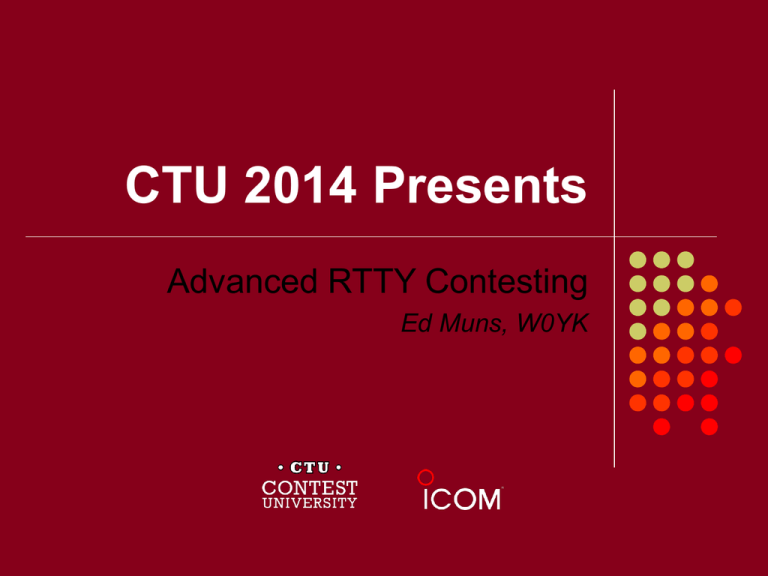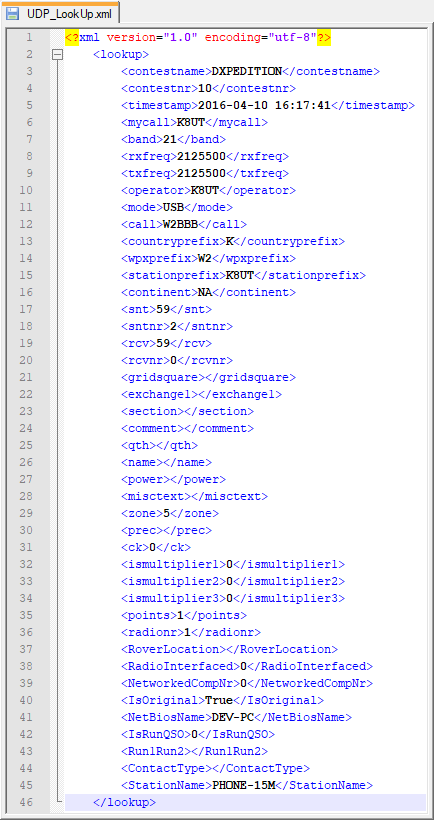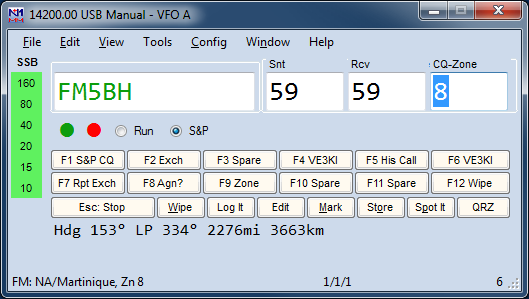


Trace/Verbose: Logs that contain the most detailed messages.With this differentiation you can automatically create alerts, reports and issues.įor more information about when to use which log level, head over to the official documentation. It is recommended to think about what available log level to use.

For example always use UserId instead of Message.UserId and Request.UserId so that it’s easier to filter by user id over all log entries. You should build up a list of constant log entry property names (usually set with scopes) for your domain so that always the same name is used for them. BeginScope ( new Dictionary Organization Use a list of conceptual property names This way each log statement preserves all associated properties and a template hash (in AI “MessageTemplate”) which allows the backend to apply advanced filtering or search for all logs of a given type. It is then able to just replace them in its UI on demand. It is recommended to always use semantic/structured logs so that the logging backend receives the string with placeholders and its values separately. These logger instances will log to all registered logger providers. The ILoggerFactory logger factory instance is the boostrapper of the logging system: It is used to attach logger providers and create logger instances - either typed ( ILogger) or untyped ( ILogger). A logger instance which is created by a logger provider will only log to the associated logger provider. The ILoggerProvider’s only responsibility is to create ILogger instances which log to an actual sink. console, Application Insights, files or Serilog (an adapter to the Serilog logging abstraction). The interface itself only exposes some generic log methods which are then used by “external” extension methods like LogInformation or LogError.Ī logger provider is an actual logging sink implementation, e.g. The responsibility of the ILogger interface is to write a log message of a given log level and create logging scopes. ILogger vs ILoggerProvider vs ILoggerFactory In the Serilog logging library they are called sinks. files, Application Insights (AI), Seq, Kibana, etc. The logging interfaces provided by the NuGet package provide common logging abstractions with implementations for various logging backends and sinks.Ī Logging backend is the place where logs are written to, e.g. This article describes recommendations and best practices for using the ILogger based logging system which has been introduced with.


 0 kommentar(er)
0 kommentar(er)
